Introduction
In the ever-evolving world of agriculture, farmers are continually seeking new methods to enhance productivity, reduce costs, and minimize environmental impact. One such innovation that has gained prominence in recent years is the use of tarps. Traditionally viewed as simple coverings, tarps have emerged as a multi-functional tool in agriculture, offering solutions for weed suppression, soil protection, and the creation of microclimates. This blog post delves into the innovative uses of tarps in agriculture, exploring their benefits and practical applications.
Weed Suppression: A Chemical-Free Approach

Weed control is a significant challenge for farmers, often requiring labor-intensive methods or the use of chemicals. Tarps, particularly silage tarps, offer an effective alternative for weed suppression. By covering the soil with a thick, opaque tarp, farmers can create a dark, warm environment that accelerates weed germination. Once the weeds have sprouted, the lack of light under the tarp causes them to die off, leading to a weed-free plot ready for planting. This method, known as 'occultation,' is not only environmentally friendly but also reduces the need for herbicides and manual labor.
Soil Protection: Preserving Vital Resources
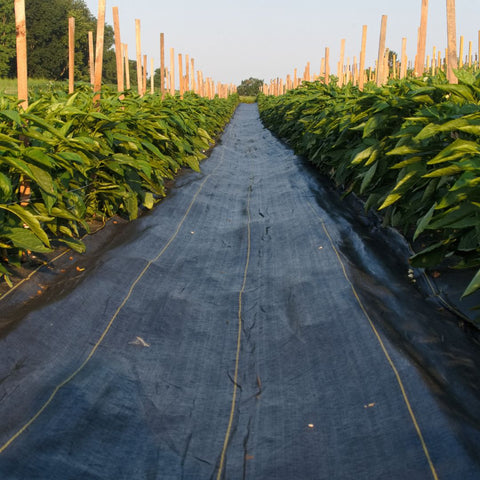
Soil is one of the most critical resources in agriculture, and its protection is paramount. Tarps play a crucial role in soil conservation, particularly in preventing erosion and preserving moisture. During heavy rains, non-permeable tarps can be used to cover the soil, preventing water runoff and the consequent loss of topsoil. Additionally, tarps help in retaining soil moisture during dry periods, reducing the need for frequent watering and preserving this valuable resource.
Creating Microclimates: Tailoring Conditions for Crop Growth
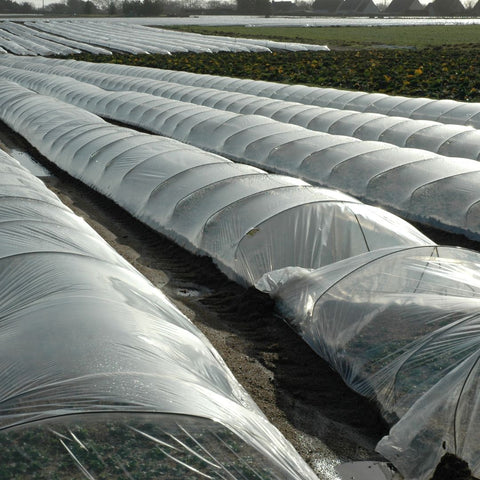
The use of tarps in creating microclimates is a testament to their versatility. By covering crops with clear or semi-transparent tarps, farmers can manipulate the temperature and humidity levels, creating an ideal environment for plant growth. This practice is particularly beneficial in regions with harsh weather conditions, where creating a stable microclimate can mean the difference between a successful harvest and a failed crop. Tarps can also be used to extend the growing season by protecting plants from early frosts or providing warmth during cooler months.
Pest and Disease Control: A Physical Barrier

In addition to weed suppression and soil protection, tarps serve as a physical barrier against pests and diseases. By covering the soil or crops with tarps, farmers can prevent the invasion of pests and limit the spread of soil-borne diseases. This method is especially useful in organic farming, where the use of chemical pesticides is limited or prohibited.
Multi-Functional Uses in Agriculture
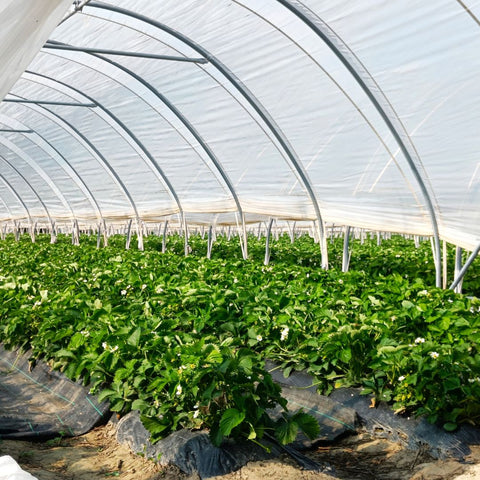
The flexibility of tarps allows for various other applications in agriculture. For instance, they can be used as temporary storage covers for hay, grain, and other agricultural products, protecting them from the elements. Tarps are also used in aquaculture for lining ponds, in poultry farming as covers for chicken runs, and even in horticulture for creating shade areas or greenhouses.
Sustainability and Cost-Effectiveness
One of the most appealing aspects of using tarps in agriculture is their sustainability and cost-effectiveness. Unlike many chemical-based solutions, tarps are a one-time investment that can be reused for multiple seasons. They provide an eco-friendly alternative to conventional farming practices, contributing to sustainable agriculture.
Challenges and Considerations
While the benefits of using tarps in agriculture are numerous, there are challenges and considerations to bear in mind. The selection of the right type of tarp is crucial, as different materials and thicknesses serve different purposes. Additionally, the proper installation and maintenance of tarps are essential to ensure their effectiveness and longevity.
When selecting a tarp for agricultural use, consider the following factors:
Material: Choose a material based on durability, water resistance, and UV protection. Polyethylene is a good all-rounder, while canvas is best for breathable coverage.
Size: Ensure the tarp is large enough to cover the intended area or equipment.
Thickness and Durability: For long-term or heavy-duty use, opt for thicker, more durable tarps.
UV Resistance: If the tarp will be exposed to sunlight for extended periods, UV-resistant material is a must.
Color: Lighter colors reflect sunlight and are cooler underneath, while darker tarps absorb more heat.
Best Tarps for Agriculture
Polyethylene Tarps

These are the most common type of tarps used in agriculture. They are affordable, waterproof, and resistant to UV rays, making them ideal for outdoor use. Polyethylene tarps are great for covering machinery, haystacks, and as temporary shelter for livestock.
Canvas Tarps
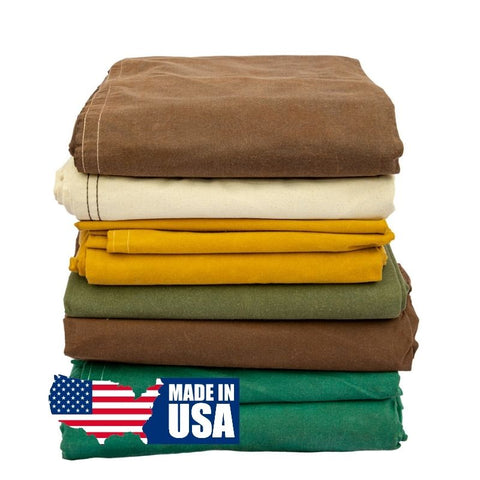
Canvas tarps are breathable and thus perfect for covering crops that need some air circulation. They are heavier and more durable than poly tarps, suitable for long-term use. However, they are not completely waterproof and are better suited for dry climates.
Mesh Tarps

Mesh tarps are used primarily for protecting plants from intense sunlight while allowing air and water to pass through. They are perfect for creating shade areas for nursery plants or during the initial growth stages of sensitive crops.
Silage Tarps
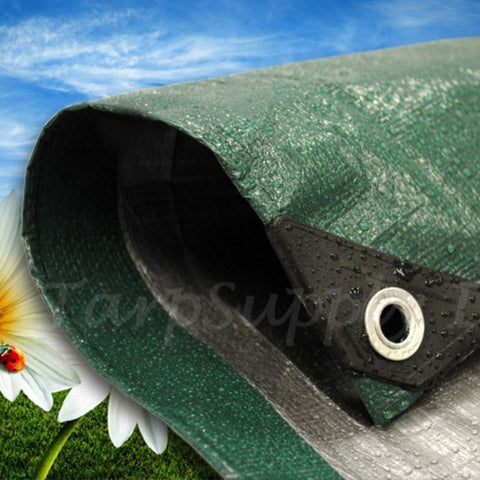
Specifically designed for agricultural use, silage tarps are used to cover and protect fodder, such as silage, hay, or straw from the elements. These tarps are usually heavy-duty and UV-resistant, ensuring long-lasting use.
Pond Liner Tarps

These tarps are made from heavy-duty materials like PVC or reinforced polyethylene, designed to withstand prolonged water exposure. They are essential for creating or lining farm ponds.
Conclusion
The innovative use of tarps in agriculture represents a significant step towards sustainable farming practices. By offering solutions for weed suppression, soil protection, creation of microclimates, and more, tarps are proving to be an invaluable tool for modern farmers. As agriculture continues to evolve, the adaptation of such versatile and eco-friendly methods will be key to meeting the challenges of food production in an environmentally conscious way. With their myriad applications and benefits, tarps are undoubtedly revolutionizing the way we approach farming.





